Details of current discussions surrounding a potential upcoming merger between Honda, Nissan, and Mitsubishi would, if successful, result in the creation of the third-largest auto manufacturer group on the planet.
The possibility of this merger raises questions about the potential vehicles that could result from such a collaboration. According to Caleb Miller at Car & Driver, the merger could result in more rugged, full-size vehicles in Honda’s lineup, but that could just be the beginning.
Related: 2025 Toyota Sienna review: How Toyota improved an already great family hauler
Using generative text-to-image artificial intelligence, we’ve imagined what some new Honda models could look like, using currently available Nissan platforms as starting points. These images are entirely speculative and are in no way representative of actual upcoming vehicles.
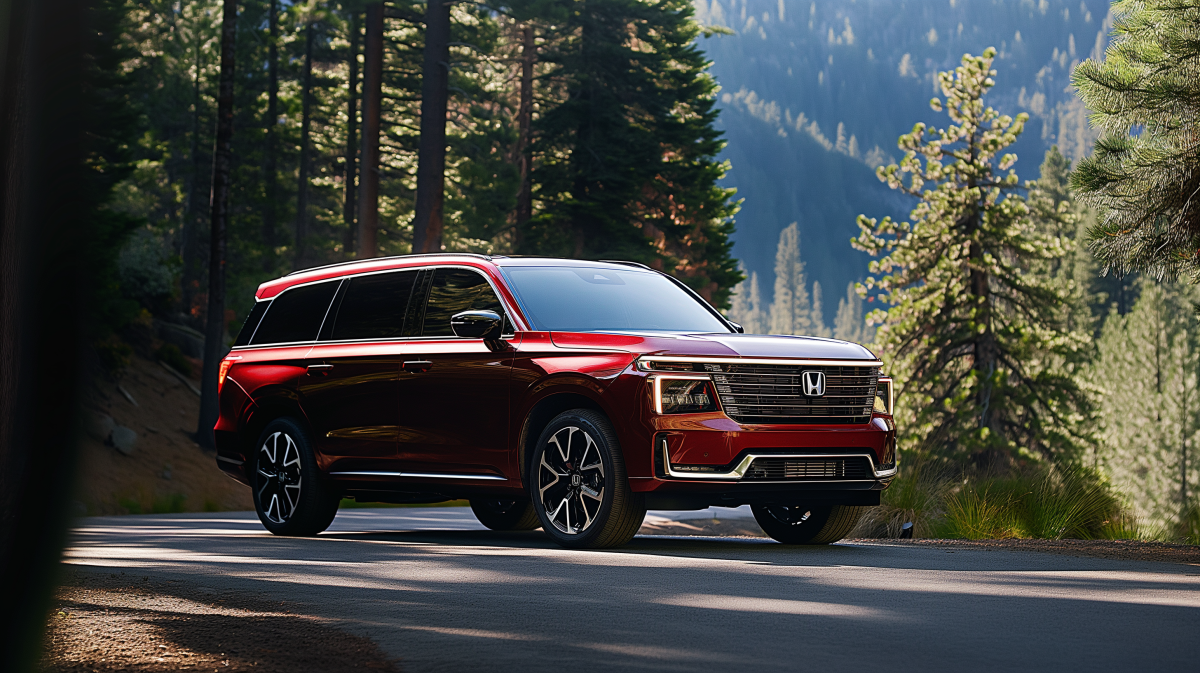
AI Generated Image
The Nissan Armada’s platform could lend itself well to a full-size Honda family hauler
Sitting on a traditional, body-on-frame truck chassis, the Nissan Armada (also known as the Patrol in some parts of the world) is Nissan’s largest SUV offering. Its size is comparable to models like the Chevrolet Tahoe and Ford Expedition, and it’s powered by a twin-turbocharged, 3.5-litre V6.
At the moment, Honda’s largest SUV is the Pilot, a front-wheel-drive crossover that competes with the Toyota Highlander and Nissan Pathfinder. By using a modified and refined variant of the Armada platform, Honda could add a more rugged, full-size SUV to its lineup. It could even use stretched underpinnings, making it more competitive with extended versions of the aforementioned American family haulers, such as the Chevrolet Suburban and Ford Expedition Max.
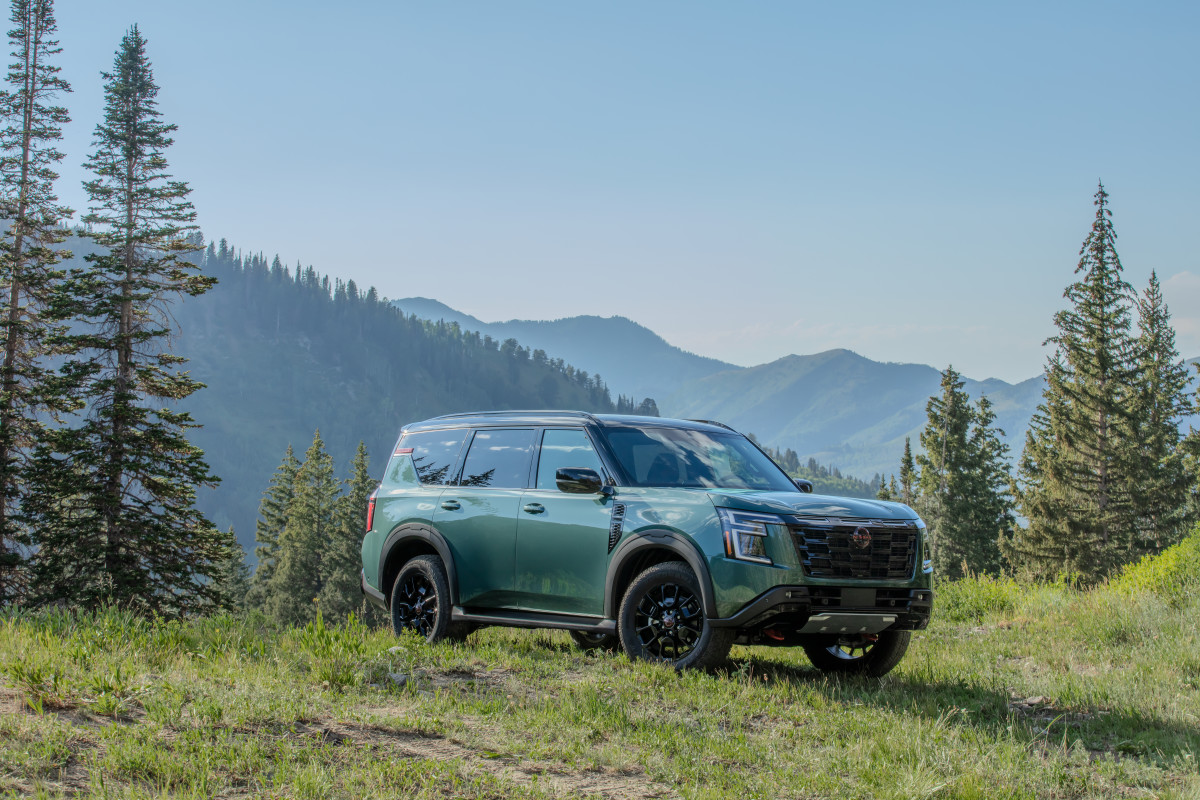
Nissan
It’s possible that Honda could use the same motor currently found in the 2025 Armada, the 3.5-litre VR35DDTT twin-turbocharged V6, which makes 425 horsepower and 516 lb-ft of torque. Alternatively, they could use a twin-turbocharged version of the legendary J35 3.5-litre V6 paired with a hybrid battery system – a similar setup to what was used in the more contemporary Acura NSX.
Related: 2025 Honda Ridgeline: 4 standout features and 2 surprising flaws
Regardless of its powertrain, a full-size, body-on-frame, eight-passenger barge of an SUV with a Honda badge would certainly be a welcome surprise in the North American market. It could even bear the name “Crossroad”, which was once used in the 1990s when Honda decided to sell rebadged Land Rover Discoveries in international markets.
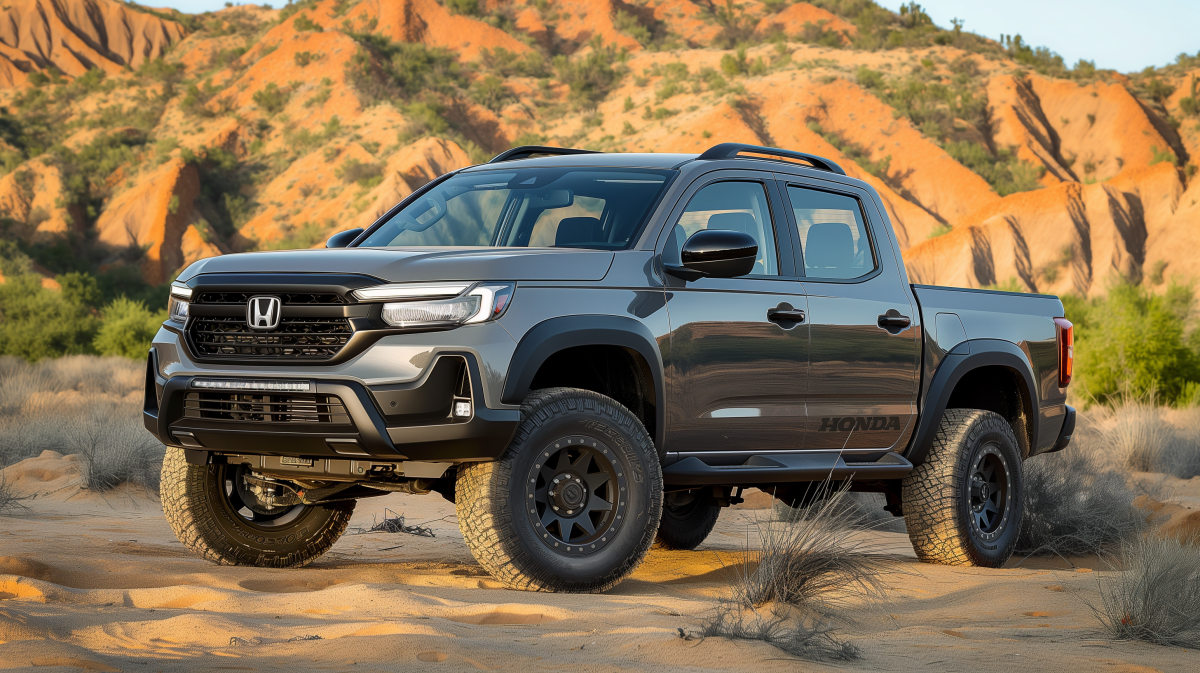
AI Generated Image
The Frontier’s platform could give the Ridgeline the hardcore underpinnings it’s been missing
The Honda Ridgeline is often at the receiving end of jokes about “not being a real pickup”, thanks to its unibody, front-wheel drive-based underpinnings. The current Ridgeline is essentially a Honda Pilot with a pickup truck bed and, as a result, is absolutely steamrolled by Toyota’s more hardcore Tacoma in terms of sales figures.
The merger with Nissan would give Honda access to the Frontier’s platform – a mid-size, body-on-frame pickup truck. This, too, could use Honda’s J35 3.5-litre V6, albeit without turbocharging. With 285 horsepower, a 10-speed automatic transmission, and four-wheel drive, an updated, harder-core Honda Ridgeline could seek out buyers who resent the more complicated powertrain options in the all-new Tacoma.
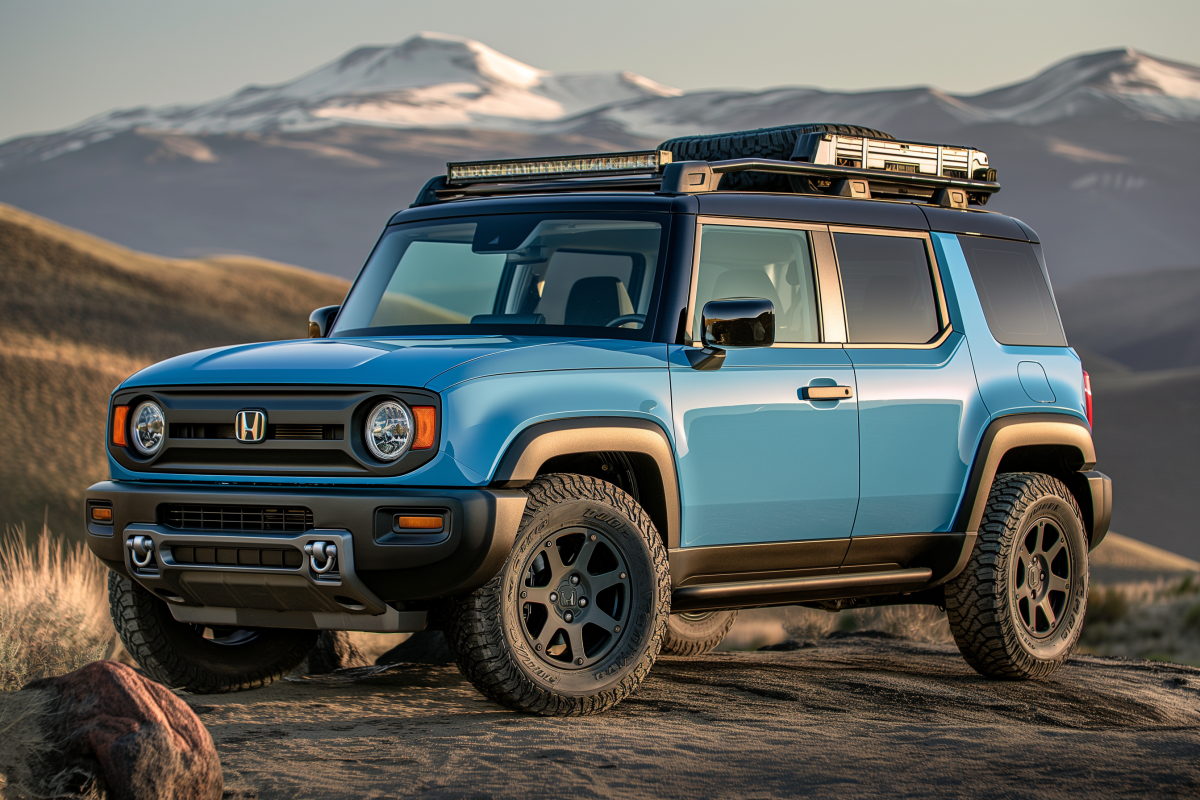
AI Generated Image
Related: Why Chrysler’s EV blueprint was destined to fail
Honda could revive the exceptionally functional Element by shrinking the Frontier’s platform
Extremely capable and exceptionally functional SUVs don’t always have to be massive, and a revived Honda Element could offer such credentials in a more compact package. With its signature double-cab style pickup truck rear doors and boxy proportions, an all-new Element could take on models like the Ford Bronco Sport, albeit with more rugged, body-on-frame underpinnings.
As more North American buyers consider purchasing smaller vehicles, a revived Honda Element could offer a more compact sport utility vehicle without sacrificing the rugged capabilities associated with larger off-roaders. Its authenticity would surely draw appeal, and its quirky aesthetics would give it instant charm.
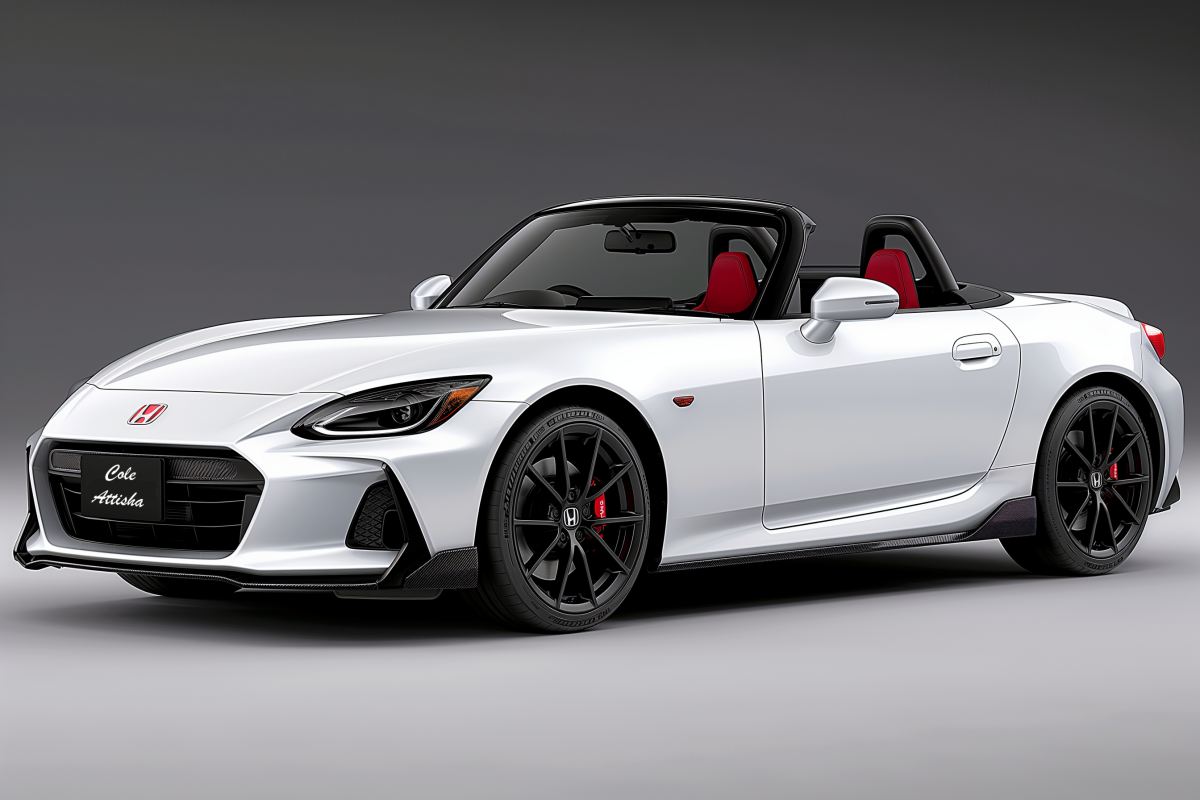
AI Generated Image
A shortened, reworked Nissan Z platform could sit beneath a reborn Honda S2000
Nissan’s available platforms aren’t just pickup trucks and big SUVs. The Japanese automaker also possesses agile RWD car architecture, which currently underpins the Nissan Z. If Honda’s engineers were to have their way with the platform, possibly shrinking its wheelbase and stiffening it up, they could have a revived S2000 on their hands.
The legendary rear-wheel-drive roadster could use the current Civic Type R’s turbocharged 2.0-litre four-cylinder, which produces 315 horsepower and 310 lb-ft of torque. However, the engine would be mounted longitudinally, sending its thrust exclusively to the rear wheels. This idea is a bit of a stretch, but wouldn’t it be nice to finally see the S2000 make a grand comeback?
Related: Lexus sends off V8-powered RC F with Final Edition model
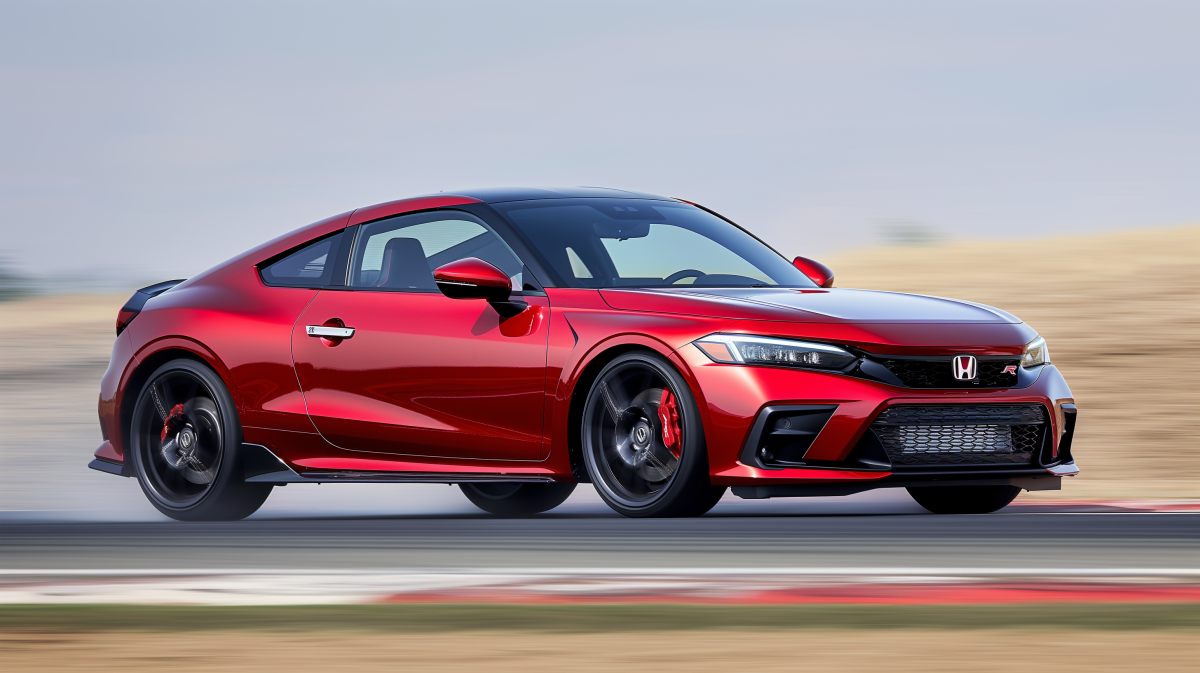
AI Generated Image
Just for fun: What if Honda revived the beloved CR-X?
This one admittedly wouldn’t require any platform-sharing with Nissan, but if the merger proves successful and Honda ends up with more funds to play around with, we can’t help but dream about the potential return of Honda’s quirky CR-X sport coupe.
Essentially a Civic underneath, a revived CR-X would replace the Civic Coupe variant that Honda abandoned years ago with a more functional, fastback roofline that offers superior cargo space and evokes the nostalgia of the now-classic CR-X. A Type R variant could exist as well because why not?
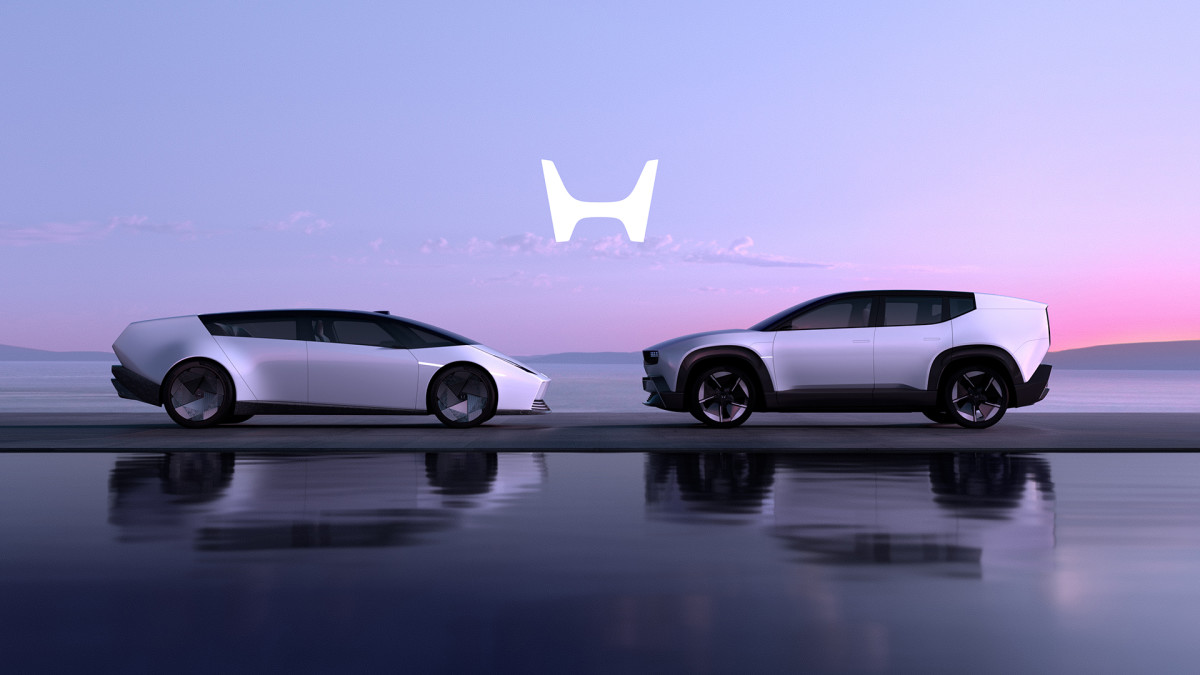
Honda
Final thoughts
As Honda invests substantial funds into the research and development of electric vehicles, its possible merger with Nissan (and Mitsubishi) would give its engineers access to currently existing platforms that could allow for the continued development of combustion-powered models without needing to throw too much cash into that direction.
The merger could result in a more diverse Honda model lineup, especially in North America, with plenty of variety in terms of sizes, classes, and powertrain types. The same can be said for Nissan, who will surely benefit from access to Honda’s hybrid battery technology.
Are there any models you’d like to see added to Honda’s automotive repertoire using shared Nissan platforms? Do you have doubts or concerns about Honda’s possible merger with Nissan and Mitsubishi? Let us know what you think in the comments – we love to hear your thoughts!
Related: Cybertruck sees discount as demand wanes for Elon’s gaudy monstrosity